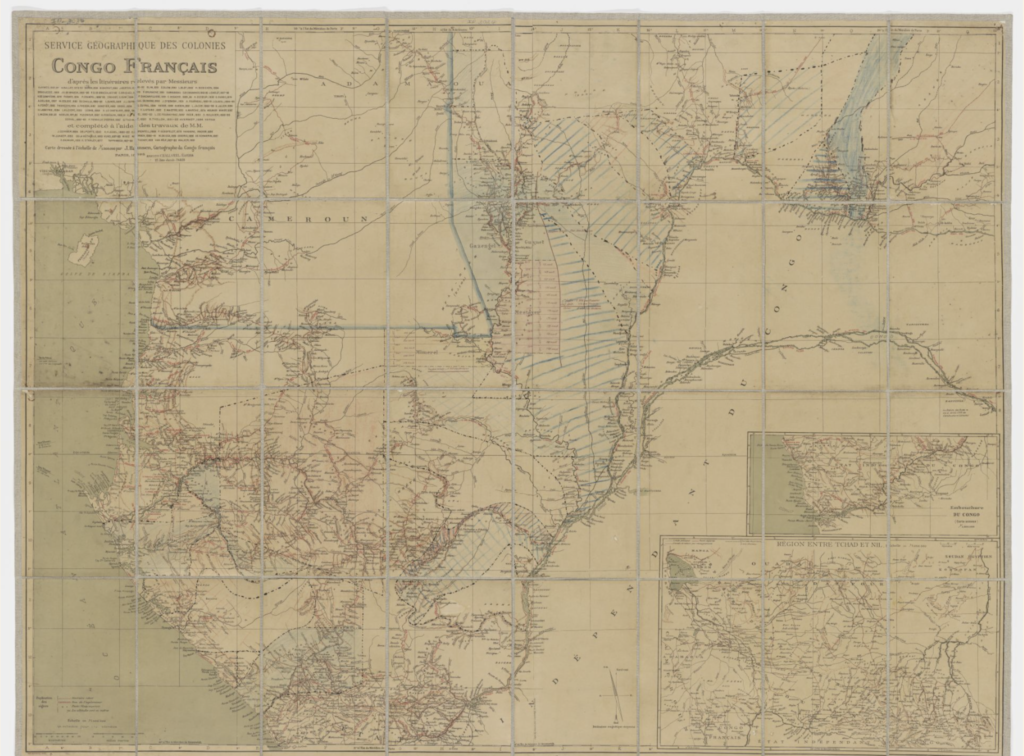On Tuesday, April 19th, from 6-7 pm, the David Rumsey Map Center and the Exhibit “A Universe of Maps,” will be opening to the public at the Stanford University Libraries: Afriterra congratulates the community in the San Francisco area and in particular the community of Stanford University for the achievement and wish them best of luck for all the work ahead.
As you know, Afriterra is based in Boston, on the east coast of the United States. With a synergy of purpose, we have been very supportive of the cataloguing, digitizing, preservation, and proper archival use of rare maps, rare books, for the aim to enhance public access and content. We have always considered the David Rumsey collection as our standard for the coming together of a benefactor and a community to give additional and renewed value, meaning and benefits to the society. Afriterra believes that the opening of the David Rumsey Map Library brings more interests in the historical documents, and therefore should be celebrated by the whole community of Historical Cartography.
A thought to the community of Historical Maps: its members have grown through recent years to many other areas in the United States and around the world. The reason can be related to the growing enrichment inspired by the combining of textured history and geography as spatial meaning.
What we see therefore are more endeavors like the one at Stanford University to bring together a community around rare documents, when it is geography — over the past and how it means something to the future — that is at stake. It also means that, in the Institutions of learning, at all levels we need Geography as a discipline. For example: Afriterra has long demonstrated the relevance of the past studies, and the integration of data extracted from its rare maps and documents, with data extracted from satellites data of Cosmo SkyMed in the Sudan region. This “integration through time” of geospatial data teaches something also for present decision makers: the values of collaboration, of outcomes learned, and cultural differences that go back centuries. Global relatedness will need more historical/geospatial data to mitigate hidden prices to any society. Why then is Geography ignored or masked by other disciplines? It can no-longer be considered a soft science. Nowadays, Historical-Geography has the skills to integrate with remote sensing, with geographic information systems; Indeed, computerization and visualization permeates every aspect of Geography. The technology is there, but perhaps the passion is lagging. So, today, Afriterra Foundation celebrates the opening of the David Rumsey Map Center at Stanford University, in the hope that this center of excellence teaches the whole community lessons about the past that our society should not ignore, going to the future.

Pathways from Cameroon: A Glimpse at the Origin of AIDS
The HIV-1 M virus is the express cause of the Acquired Immuno-Deficiency Syndrome (AIDS) which affects over 36 million people world-wide. The virus has now

